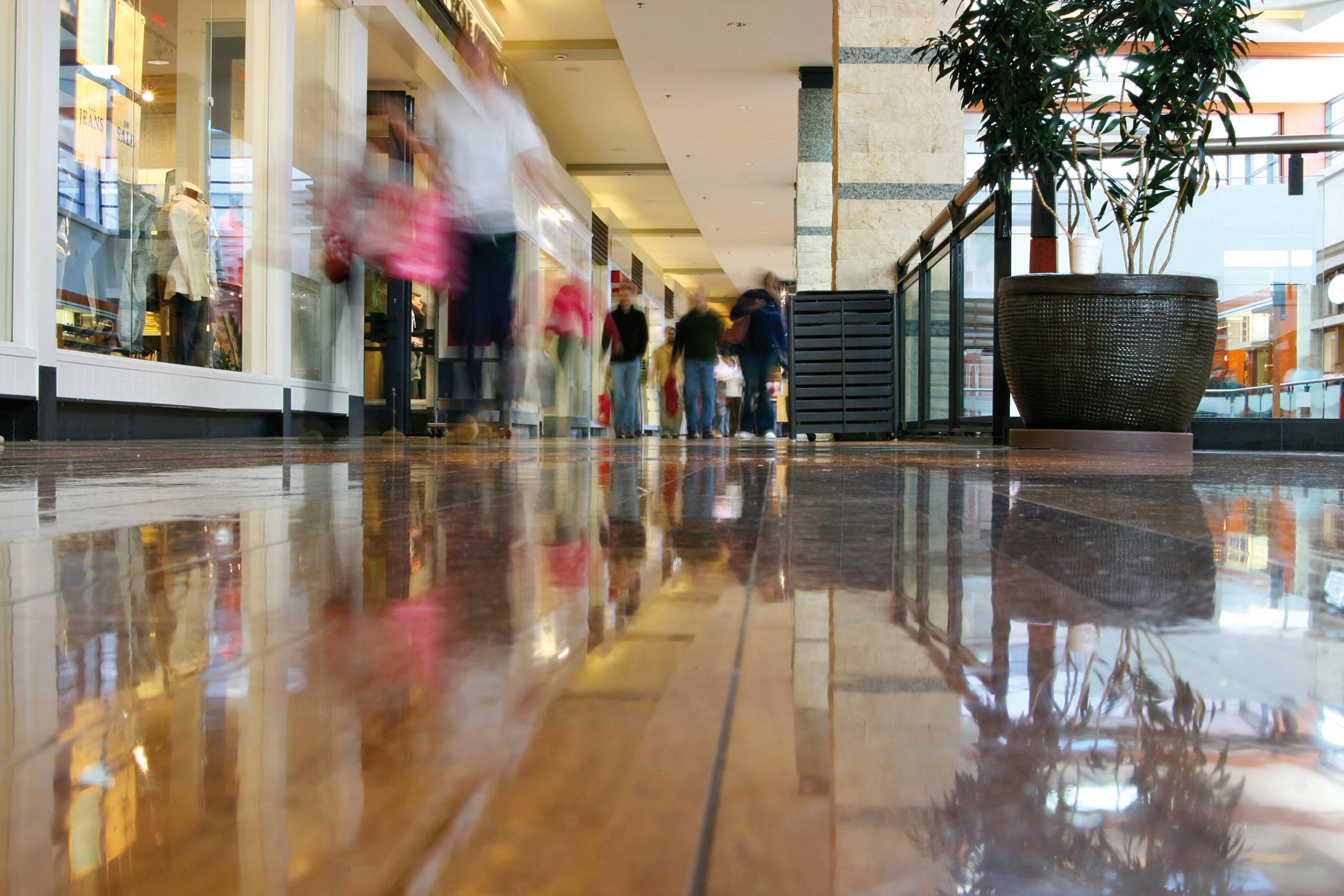{{item.title}}

Key takeaways
Last week, Amazon took the retail industry by surprise when it announced the forthcoming opening of a new kind of bricks-and-mortar grocery store in central Seattle¹ – one that hasn’t got a single checkout till.
Known as Amazon Go, the store concept entirely does away with payment terminals. Instead, customers walk in, scan their smartphone, take what they want, then just walk straight out.
Leveraging a range of digital technologies, Amazon identifies the customer, the items they took, and charges their accounts accordingly.
As one of the world’s largest ecommerce companies, the notion of Amazon building a network of physical stores is a challenging one (though it has experimented with the idea in the past). Yet if Amazon can deliver on this new kind of store concept, it will reinvigorate its role as an industry disrupter.
What’s the strategy behind the move, how does it impact the customer experience, how innovative is its technology, and when might it be arriving at a location near you?
Retail as a whole is very competitive, with grocery one of the most cutthroat subcategories of all. Having experimented with a pure online grocery offer for several years, Amazon likely realised it needed to develop a fuller experience delivering convenience, product and price to win a larger share of customer spend. Amazon Go is its attempt to do that.
Let’s examine each of these attributes more closely:
The challenge with creating a convenient grocery offer is that what a given customer sees as convenient changes with their daily context. Online grocery might work when that customer has time to plan but no ability to visit a physical store, while bricks-and-mortar is convenient when the customer needs something quickly and the store is close by. Amazon could never be fully convenient for its customers all the time with an online-only offer.
Think of your last visit to a supermarket. Chances are you saw empty shelves, out-of-stock items, or couldn’t find what you wanted. Here’s where Amazon’s new technology could be truly innovative.
To minimise gaps on its shelves, a retailer ideally needs to continuously measure the quantity of each item on each shelf to control the flows through its complex supply chain. Most supermarkets don’t do this as it’s too hard and expensive. Instead, inventory is estimated by combining warehouse stock levels with checkout sales data – a process very prone to error.
By contrast, Amazon Go’s technology attempts to know what’s on every shelf and in every shopping basket at all times. Not only will that help with product availability on shelf it will also give them amazing insight on what customers buy, when, and how. That insight will help them range the products customers really want.
If grocers aren’t competitively priced, it doesn’t matter how well they range their products or provide a convenient service – they will never win volume, and without volume the business model struggles.
More than anything, Amazon’s digitisation of its retail stores radically changes the cost structure. This is achieved by eliminating the checkout area, a section that is costly in terms of staff and the physical space it takes up in the store – increasing the rent and overheads while reducing selling space.
PwC retail analysis reveals that checkout labour can cost a typical grocer between 2-3% of its sales revenue, with the checkouts themselves taking up around 10% of the store’s floor area. By removing the need for checkouts altogether, Amazon could attain a serious cost advantage, allowing it to keep prices competitive.
Amazon hasn’t released the details of its cashier-less system, however it’s likely to feature a range of technology stacks including Bluetooth, artificial intelligence and shelf cameras/sensors.
Amazon has not released details of how its technology will work, but describes it as a combination of sensor fusion, computer vision and AI. What’s likely is the use of shelf cameras, image recognition software, weight sensors and AI to interpret what items are on the shelves, combined with Bluetooth network technology to deduce who is taking items off the shelves in real-time.
If this description is accurate, then Amazon has developed a new technology stack. Other grocery players have experimented with solutions such as scan-as-you-shop technology, but this introduces new friction for customers (they have to scan each item before putting it in the basket). Other technologies such as radio-frequency identification (RFID) are still considered by many grocers as too costly to implement across their whole supply chain.
The commercial advantage of Amazon Go is that it’s a new business with only one store. It has no legacy business or product range to run in parallel, nor does it have to convert hundreds of stores to the technology. If it works, then hardware costs will be incremental and manageable.
What’s more, the stack can be powered by another Amazon subsidiary – its cloud computing arm Amazon Web Services. A week before the Amazon Go announcement, AWS unveiled Rekognition², a new optical image recognition API for AWS customers. Coincidence?
The Seattle Amazon Go store opens in early 2017, however we have to remember it’s still a pilot. No-one knows if the technology will work properly, if customers will embrace the concept, or if shoplifting and stock loss will be deterred. Until the proposition proves itself, it is doubtful Amazon will roll it out wider.
That means competing grocery retailers have a window of time to respond to its technological sabre-rattling – whether through exploring other ways to reduce customer friction or develop new solutions to improve their customer experiences.
References

© 2017 - 2026 PwC. All rights reserved. PwC refers to the PwC network and/or one or more of its member firms, each of which is a separate legal entity. Please see www.pwc.com/structure for further details. Liability limited by a scheme approved under Professional Standards Legislation.
